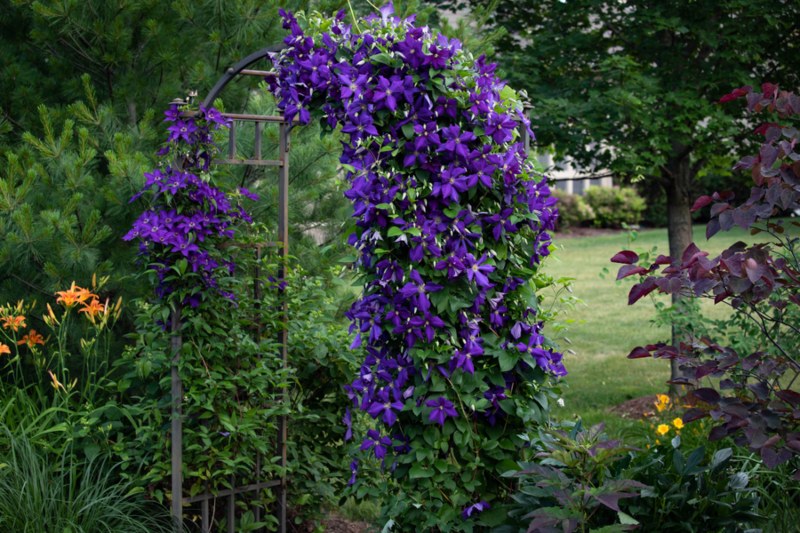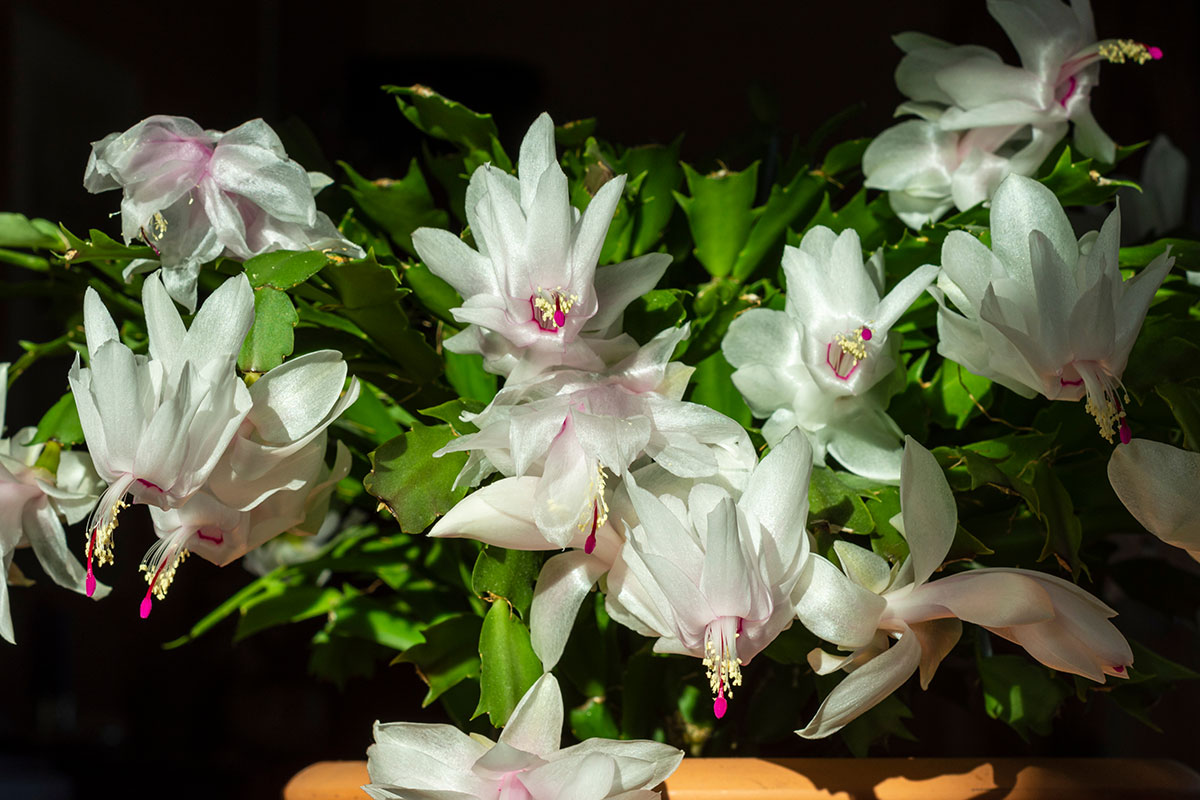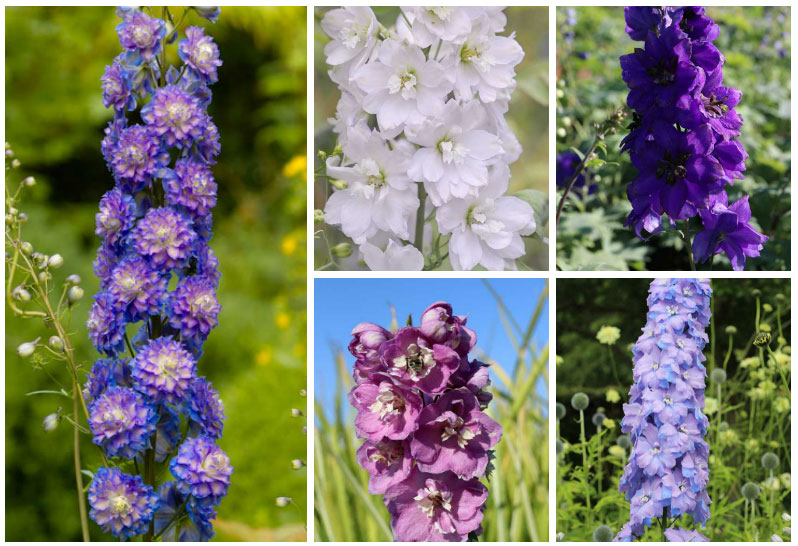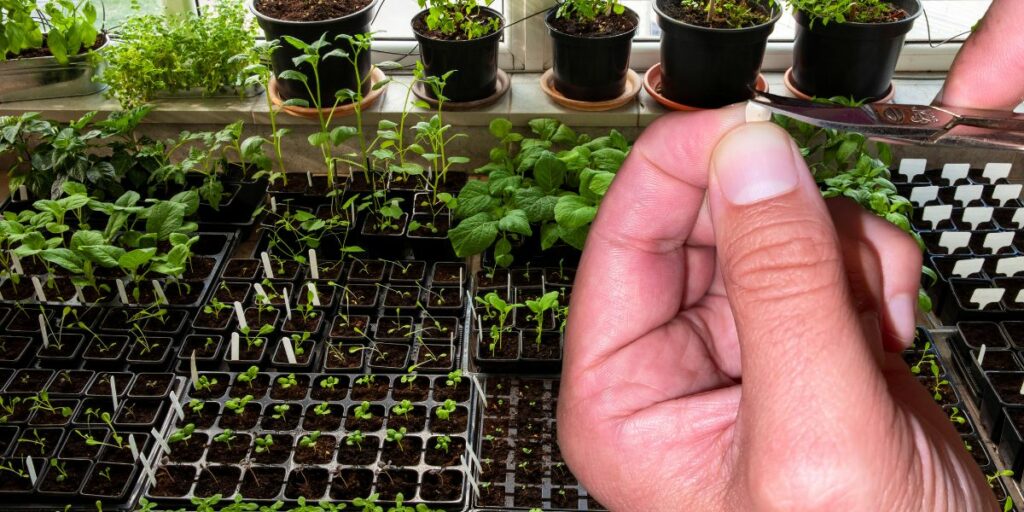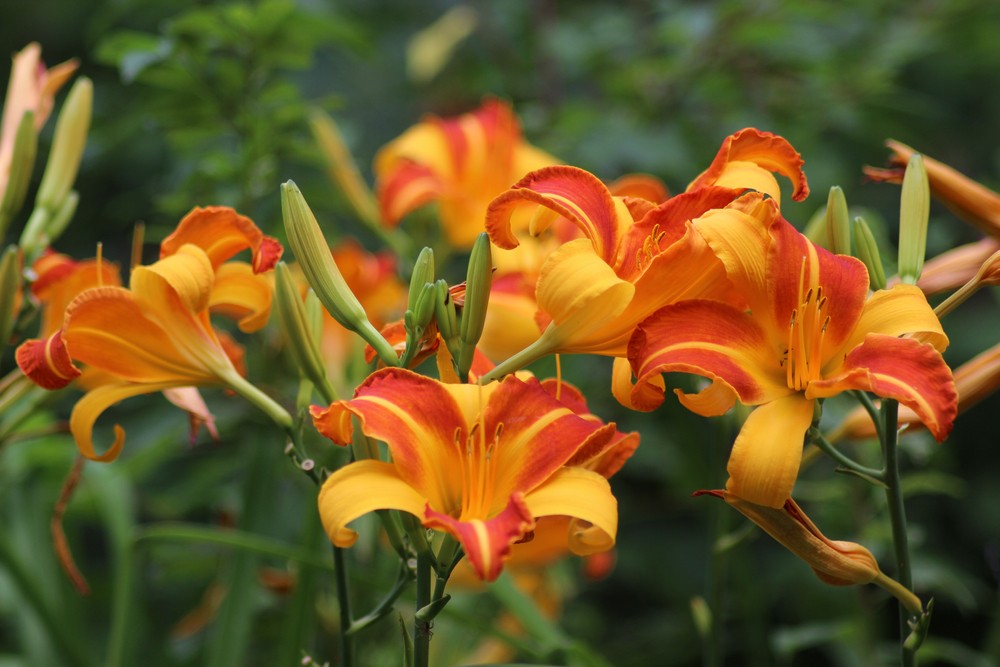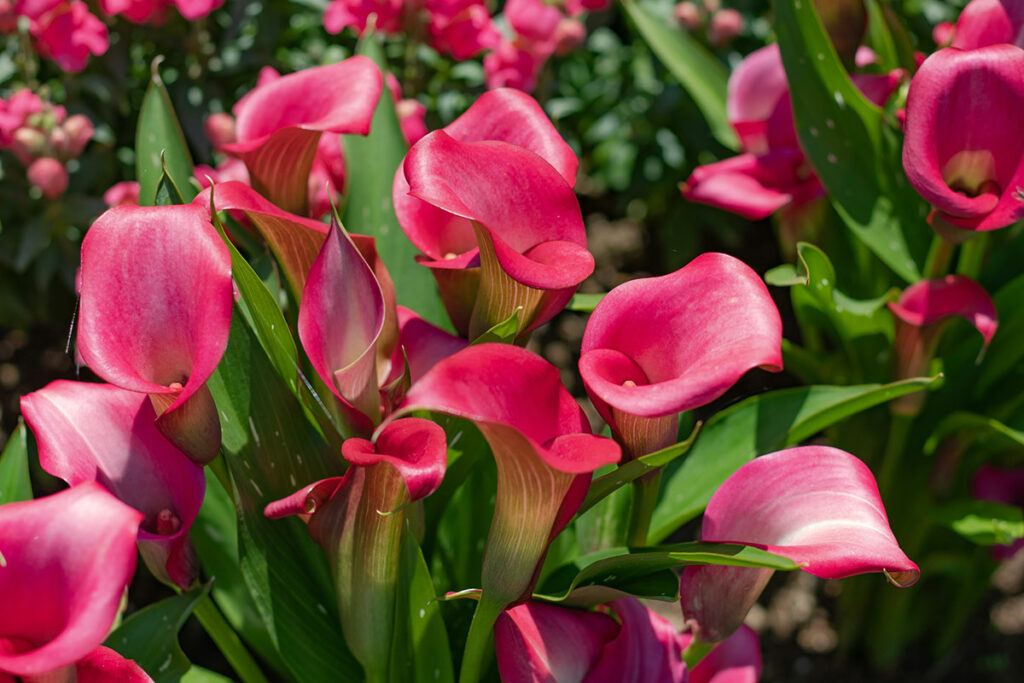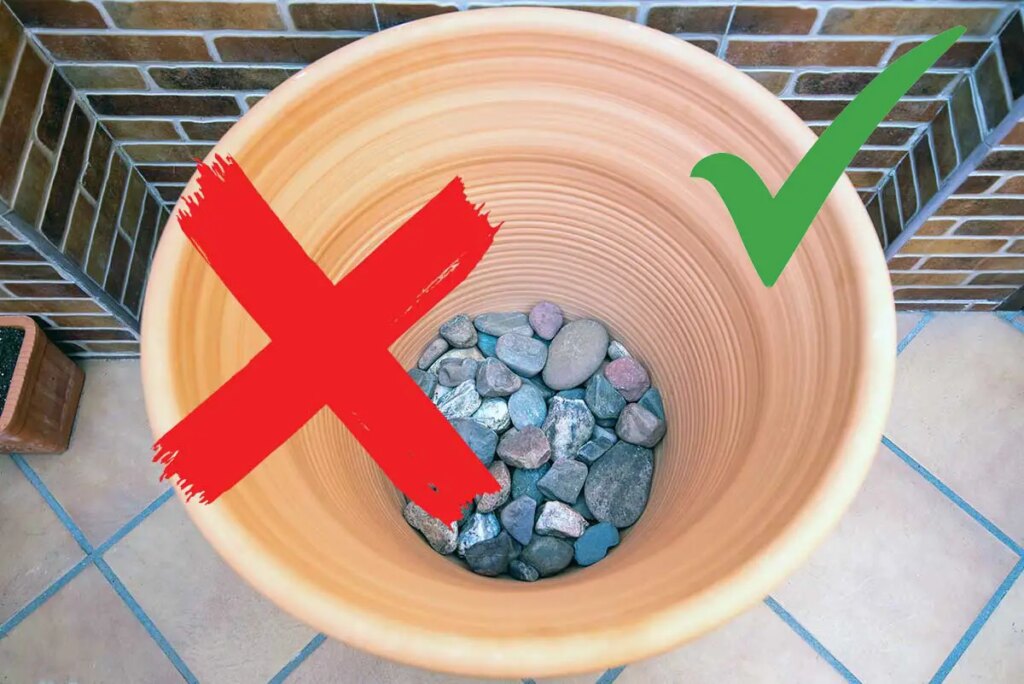
As an avid gardener, I have always been curious about the use of stones in drainage holes of pots. Is it really necessary? Does it actually improve drainage? These are some of the questions that have been on my mind for a while now.
After doing some research and experimenting with different methods, I have come to a conclusion about the use of stones for drainage holes in pots.
In this article, I will share my findings and provide some insight into whether or not you should be using stones in your own gardening practices.
Why Drainage Holes are Important
I always make sure to have drainage holes in my pots. Why? Because drainage holes are crucial to the health of your plants. Without proper drainage, the soil in your pot can become waterlogged, leading to root rot and other issues that can harm or even kill your plants.
When you water your plants, excess water needs to be able to drain out of the pot. If there are no drainage holes, the water will sit in the bottom of the pot and the soil will absorb it, causing the roots to become waterlogged. This can lead to a lack of oxygen in the soil, which can cause the roots to die.
Drainage holes also help to prevent salt buildup in the soil. When you water your plants, minerals and salts can build up in the soil over time. If there are no drainage holes, the excess water can’t drain out, and the minerals and salts will accumulate in the soil. This can cause nutrient imbalances and harm your plants.
Alternatives to Using Stones
Perlite
I have found that perlite is a great alternative to using stones for drainage holes in pots. It is a lightweight volcanic glass that can be added to potting soil to improve drainage. Perlite is also great for aerating soil, which can help prevent root rot by allowing air to circulate around the roots.
Perlite can be mixed with potting soil in a ratio of 1:4, or used as a top layer in the pot. It is readily available at most garden centers and online stores, and is relatively inexpensive.
Sand
Another alternative to using stones for drainage holes in pots is sand. Sand is a natural material that can be added to potting soil to improve drainage. It is also great for aerating soil, which can help prevent root rot by allowing air to circulate around the roots.
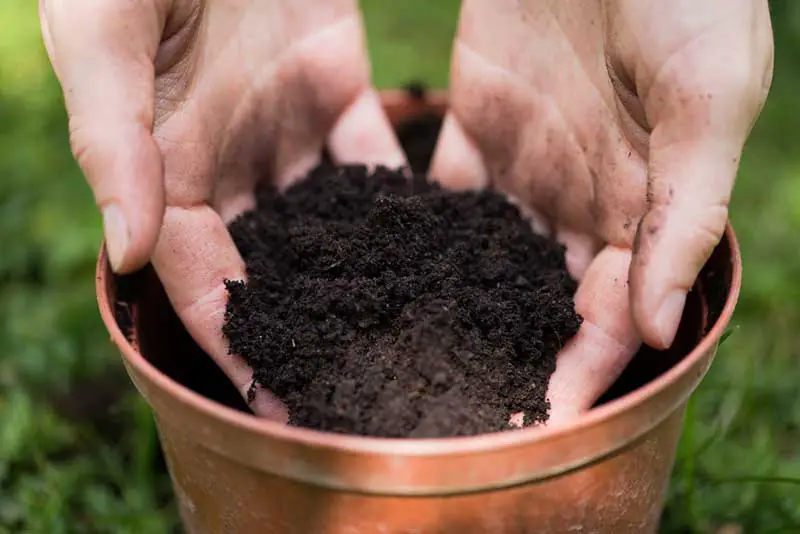
Sand can be mixed with potting soil in a ratio of 1:4, or used as a top layer in the pot. It is readily available at most garden centers and online stores, and is relatively inexpensive.
Overall, there are many alternatives to using stones for drainage holes in pots. Perlite and sand are just a few examples of materials that can be used to improve drainage and prevent root rot. Experiment with different materials to find what works best for you and your plants.
Pros and Cons of Using Stones for Drainage Holes in Pots
Pros
I have found that using stones in the bottom of a pot can help with drainage. The stones create a space for excess water to collect, preventing the soil from becoming waterlogged. This can be especially helpful for plants that are sensitive to over-watering or prone to root rot.
Another benefit of using stones is that they can help to keep soil from escaping through the drainage holes. This can be especially helpful if you are using a lightweight potting mix that tends to shift around easily.
Using stones can also help to improve airflow around the roots of your plants. This can be especially important for plants that are prone to fungal diseases, as improved airflow can help to prevent the growth of mold and mildew.
Cons
While there are some benefits to using stones in the bottom of a pot, there are also some potential drawbacks to consider.
One potential issue is that the stones can take up valuable space in the pot. This can be especially problematic if you are planting a large or deep-rooted plant, as the roots may not have enough space to grow properly.
Another issue is that the stones can add weight to the pot, making it more difficult to move around or transport. This can be especially problematic if you are using large or heavy stones.
Finally, using stones can make it more difficult to monitor the moisture level of your soil. While the stones can help to prevent overwatering, they can also make it more difficult to tell when your soil is dry and in need of watering.
How to Use Stones for Drainage Holes
Preparation
Before using stones for drainage holes in your pots, you need to prepare them properly. First, select the stones that are of the same size, preferably small to medium-sized. Rinse the stones thoroughly with water to remove any dirt or debris. Allow the stones to air dry completely before using them.
Placement
Once you have prepared the stones, it’s time to place them in the pot. First, add a layer of stones at the bottom of the pot. The layer should be about 1-2 inches deep, depending on the size of the pot. Next, add a layer of potting soil on top of the stones. Make sure the soil is evenly spread and levelled. Lastly, add your plant to the pot and add more soil around the plant to fill the pot.
When using stones for drainage holes, it’s important to note that they do not guarantee proper drainage. It’s still important to monitor the soil moisture level and water the plant accordingly. Overwatering can lead to root rot, which can be detrimental to the plant’s health.
How to Get the Best Drainage for Your Container? Why What You’ve Been Taught is all Wrong
Conclusion
Based on my research and personal experience, using stones for drainage holes in pots is not necessary and may even be harmful to your plants. While stones can help prevent soil from clogging the drainage holes, they can also create a perched water table that prevents proper drainage and leads to root rot. Additionally, the stones can take up valuable space in the pot that could be used for soil and roots.
Instead of using stones, it’s best to simply use a good quality potting mix that is specifically formulated for your plants. Make sure the pot has drainage holes and place a saucer underneath to catch any excess water. Water your plants thoroughly, but allow the soil to dry out slightly before watering again.
If you’re concerned about soil escaping through the drainage holes, you can use a coffee filter or a piece of mesh to cover the holes before adding the soil. This will help prevent soil from escaping while still allowing for proper drainage.
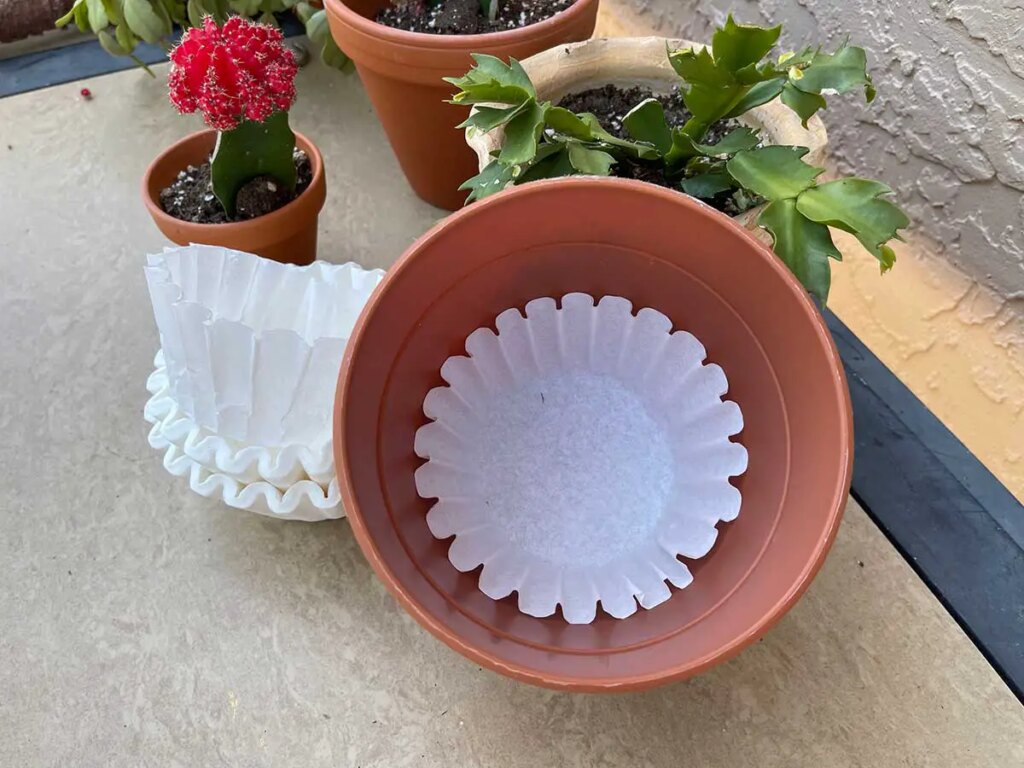
Overall, using stones for drainage holes in pots is an outdated practice that can do more harm than good. Stick to using a good quality potting mix and proper watering techniques to keep your plants healthy and thriving.

